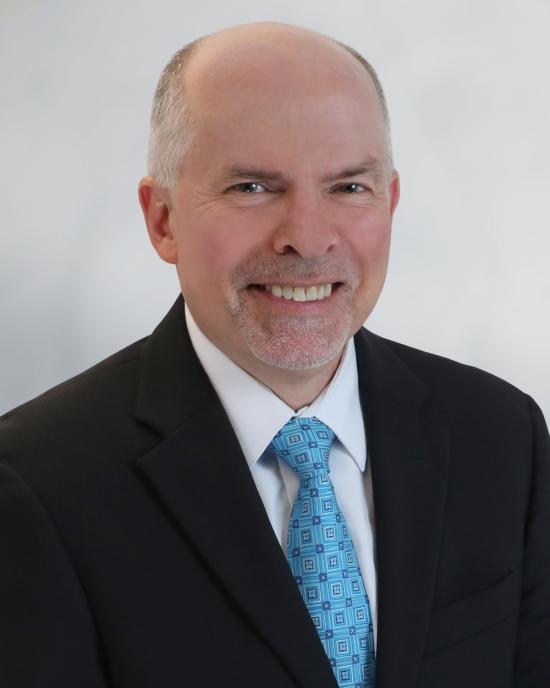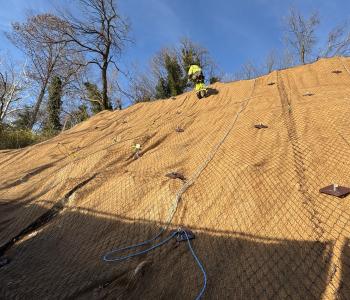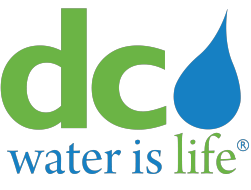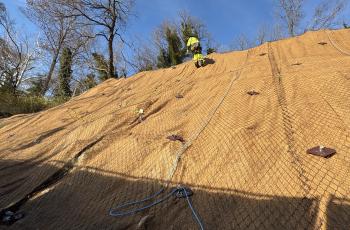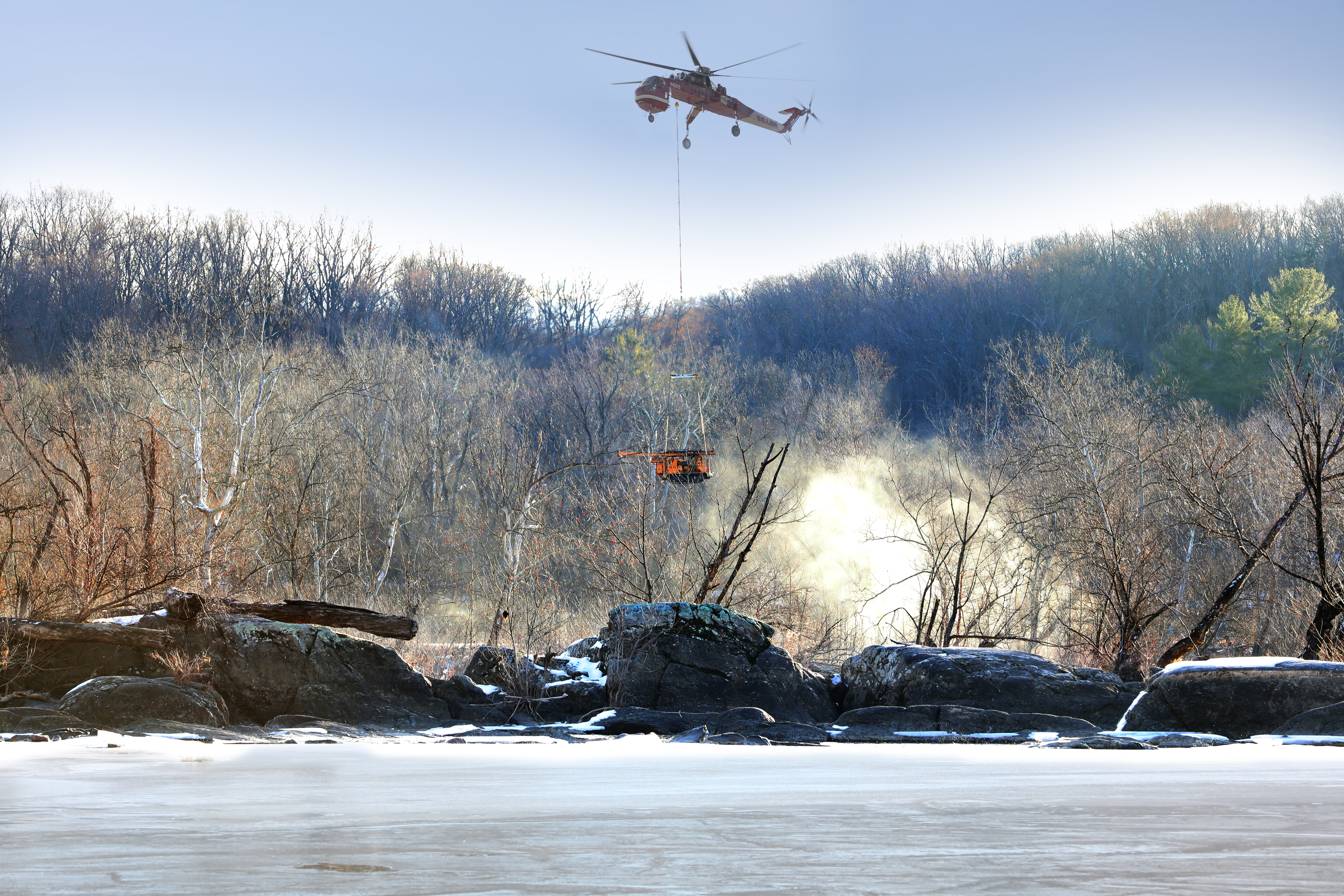District of Columbia Residents: Your Tap Water Results
The District of Columbia Water and Sewer Authority (DC Water) has released its 2010 Drinking Water Quality Report, the most comprehensive drinking water resource delivered to District residents each year. The report provides valuable information about the water flowing from the Potomac River to taps throughout the city.
"Water is life, and in the nations capital, the job of supplying, reclaiming and recycling water belongs to DC Water," said DC Water General Manager George S. Hawkins. I believe it is important for our customers to know where the water comes from, how it gets to their homes or businesses, and water monitoring results performed every year.
Annually, DC Water conducts more than 30,000 water quality tests. The Drinking Water Quality Report provides information on regulated and unregulated contaminants and how our drinking water compares to federal standards. Most importantly, the report highlights monitoring results that ensure tap water is protective of the publics health. DC Water mails a report to every household in the District.
Ensuring high-quality water is a shared responsibility of DC Water, residents, and the Washington Aqueduct (the federal agency responsible for treating the drinking water). DC Water maintains about 1,300 miles of pipe and distributes drinking water to more than 600,000 residents and businesses.
District tap water is safe, reliable and affordable, but water quality can vary among homes and buildings. The median age of water mains in the District is 77 years, and many residents are experiencing similar challenges with aging pipes in their households. Property owners are encouraged to learn about their plumbing and replace older pipes.
The 2010 Drinking Water Quality Report, monthly water quality testing results and tips to ensure household water quality are available at dcwater.com/waterquality or customers can contact the Drinking Water Division at (202) 612-3440.
